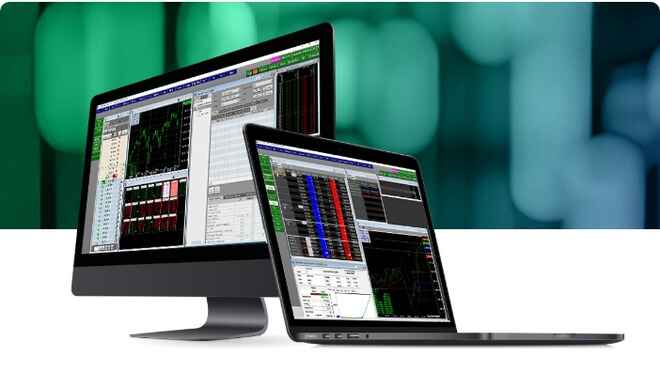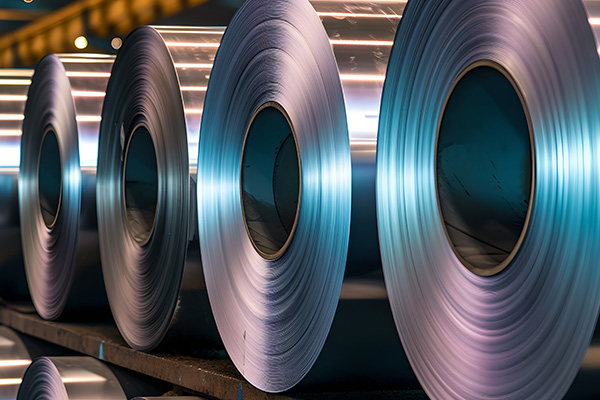Investing in metals is an enduringly popular way to diversify investment portfolios and protect against market volatility. As we move through 2023 and beyond, there are more reasons than ever to consider investing in metals, from the growing demand for renewable energy to the potential for inflationary pressures. In this article, we’ll explore the top reasons to invest in gold and other metals today, review the various types of metals available for investment, and the different strategies for incorporating metals into your investment portfolio. Whether you’re a seasoned investor or just starting out, this guide will provide you with valuable insights into the world of metals investing.
What Are Precious Metals?
A precious metal is a rare, naturally occurring metallic chemical element highly valued for its economic and cultural significance. The most commonly recognized precious metals are gold and silver, followed by platinum and palladium. These metals have historically been used as currency, jewelry, and industrial materials. They are also considered a store of value and a hedge against inflation and market volatility. The market for precious metals is global, and investors can purchase them in a variety of forms, including coins, bullion, and exchange-traded funds.
What Are Some of the Reasons to Invest in Metals?
Precious metals can act as a store of value and a hedge against inflation, as their value tends to remain relatively stable over time. Precious metals also offer portfolio diversification, as they often have low correlation with other asset classes such as stocks and bonds. Finally, precious metals offer the potential for long-term capital appreciation, as their scarcity and usefulness in various industries can drive up demand and prices. Precious metals are a tangible asset that can be easily bought and sold globally.
What Are Different Types of Investable Metals?
Investors can choose from several types of metals to invest in, each with unique characteristics and investment potential. Precious metals, such as gold, silver, platinum, and palladium, are highly valued for their rarity, beauty, and industrial applications. Base metals, such as copper, aluminum, and zinc, are used in a wide range of industrial applications. Rare earth metals, such as cerium, yttrium, and neodymium, are used in high-tech industries such as renewable energy and advanced electronics. Industrial metals, such as nickel, lead, and tin, are used in various industrial applications. The type of metal an investor chooses will depend on their investment goals, risk tolerance, and market conditions.
How Do Economic Factors Such as Inflation and Market Volatility Impact the Value of Metals?
Inflation can erode the value of fiat currency and lead investors to seek alternative stores of value. Precious metals are often seen as a hedge against inflation, as their value tends to remain relatively stable. Market volatility can also impact the value of metals. During periods of market volatility, investors may seek out safe-haven assets such as gold and silver, which can drive up demand and prices.
How Can Investors Determine the Best Time to Buy and Sell Metals?
Investors have several strategies to determine the best time to buy and sell metals. Technical analysis involves analyzing historical price and volume data to identify patterns and trends, while fundamental analysis involves evaluating economic and market factors that may impact the value of a metal. Dollar-cost averaging involves investing a fixed amount of money at regular intervals, while market timing involves predicting the best time to enter or exit a market. The best time to buy and sell metals will depend on market conditions, economic indicators, and an investor’s investment goals and risk tolerance. By carefully considering these factors and using a combination of strategies, investors can make more informed investment decisions and maximize potential returns.
What Are Some of the Risks Associated with Investing in Metals?
Metals prices can be volatile and subject to rapid fluctuations based on various market conditions, geopolitical events, and global supply and demand trends. As a result, metals investments can be relatively high-risk and may not be suitable for all investors. Physical metals investments can carry additional risks, such as the costs of storage, transportation, and insurance. These costs can erode potential returns, particularly for smaller investments. Metals investments can be impacted by regulatory changes, such as changes in import and export regulations, taxes, or tariffs. Finally, investing in metals involves risks associated with market timing and potential losses, as no investment is without risk.
How Do Investors Balance Their Portfolios by Adding Metals to Their Asset Mix?
Investors can add metals to their asset mix to balance their portfolios and manage risks. The specific amount of metal an investor should add to their portfolio will depend on their investment goals, risk tolerance, and overall asset allocation strategy. Some investors may choose to invest in metals directly, such as by purchasing physical bullion or coins, while others may prefer to invest indirectly through exchange-traded funds or other instruments. By carefully balancing their asset mix with metals, investors can potentially benefit from diversification and a more balanced portfolio.
What Are Some Tips for Investing in Metals?
Determine your investment goals and risk tolerance
Before investing in metals, it’s important to consider your investment goals and risk tolerance. This can help you determine the appropriate amount of metals to include in your portfolio.
Consider the type of metal and the form of investment
Different metals and investment forms carry different risks and potential returns. Consider the supply and demand trends for the metal you’re interested in, as well as the costs of storage, transportation, and insurance.
Diversify your portfolio
As with any investment, it’s important to diversify your portfolio to manage risks. Consider investing in multiple types of metals, as well as other asset classes such as stocks, bonds, and real estate.
Keep an eye on market conditions
Metals prices can be volatile and subject to rapid fluctuations. Stay up-to-date on market conditions and geopolitical events that may impact metals prices.
Seek professional advice
Investing in metals can be complex and may not be suitable for all investors. Consider seeking advice from a financial advisor or other investment professional before making any investment decisions.
How can RJO Futures Help?
Take your metals trading to the next level with RJO’s cutting-edge trading platform. We pride ourselves on our reputation for providing reliable, secure trading tools that are designed to help you succeed when investing in precious metals. With our advanced technical analysis tools, you can make informed investment decisions based on real-time market data. Plus, our team of experienced advisors is available to provide expert guidance and support whenever you need it. Whether you’re an experienced trader or just getting started, our platform has everything you need to achieve your precious metals investing goals.

